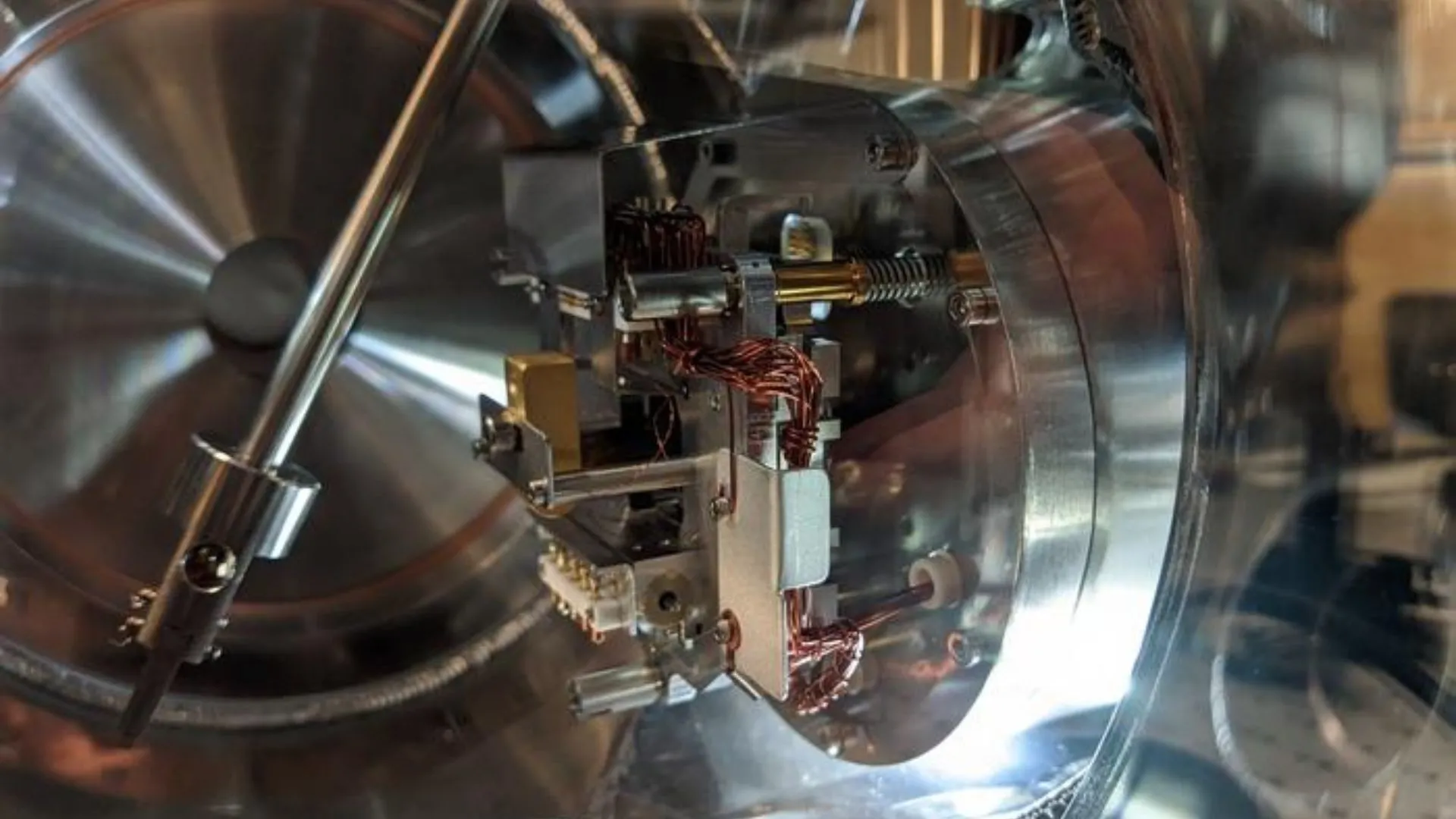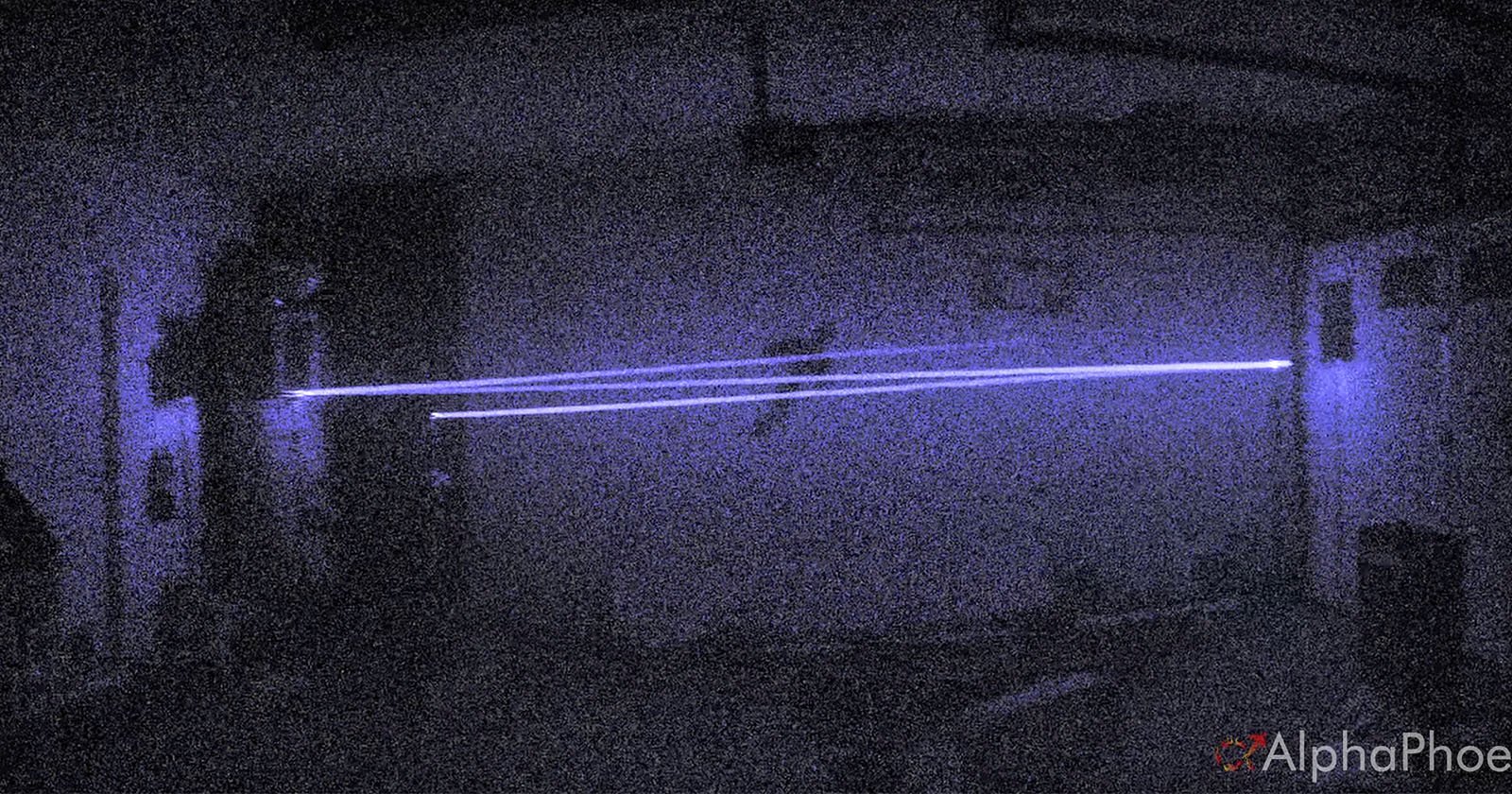Copyright Interesting Engineering

Attoseconds, the billionths of a billionth of a second, are the shortest flashes of light ever created. Now, scientists have figured out how to focus them. A team from the Max Born Institute (MBI) in Berlin and DESY in Hamburg has built the world’s first plasma lens capable of focusing attosecond pulses, a feat that could transform ultrafast physics. The breakthrough dramatically boosts the power of attosecond light used to probe the fastest electron motions in atoms and materials. Attosecond pulses are used to freeze and film electrons in motion, offering a window into the most fundamental processes of matter. But there’s been one stubborn problem: these pulses fall in the extreme-ultraviolet (XUV) or X-ray range, where conventional mirrors and lenses fail. Mirrors have poor reflectivity and degrade fast, while normal lenses absorb XUV light and stretch the attosecond pulses, blurring their precision. That’s why researchers at MBI and DESY turned to an unconventional material: plasma, a charged gas that can bend light in ways solids cannot. By creating plasma in a controlled way, the team produced a new kind of lens capable of focusing attosecond light without losing its power or speed. Plasma bends the rules To build the lens, scientists sent strong electrical pulses through hydrogen gas inside a narrow capillary tube. The pulses stripped electrons from hydrogen atoms, forming a plasma. As the electrons pushed outward toward the tube walls, the plasma shaped itself like a concave lens. “Normally, such a lens would spread light out rather than focus it,” the team explained. “But because plasma bends light differently than ordinary materials, it instead focuses the attosecond pulses.” In their experiments, the researchers showed that the plasma lens could focus light across a wide range of XUV wavelengths, with its focal length adjustable by tuning the plasma density. Even more impressive is that it achieved a transmission rate above 80 percent, meaning most of the light passed through intact. More power, fewer filters The plasma lens also acted as a natural filter, blocking the longer infrared laser pulses that usually drive attosecond generation. These infrared pulses typically require additional metal filters, which eat up valuable energy. “This means those filters are no longer necessary,” the team said. The result: more attosecond power for experiments that are often limited by weak light sources. To understand the lens’s effect on pulse shape, scientists ran simulations. The attosecond pulses stretched only slightly from 90 to 96 attoseconds. In realistic conditions, where the pulse colors arrive at slightly different times (a phenomenon known as chirp), the plasma lens even shortened the pulses from 189 to 165 attoseconds. With simple alignment, tunable focusing, and high transmission, this plasma lens could usher in a new era of attosecond science, from mapping electron motion in complex materials to advancing ultrafast quantum technologies and microscopy. The findings were published in Nature Photonics.



